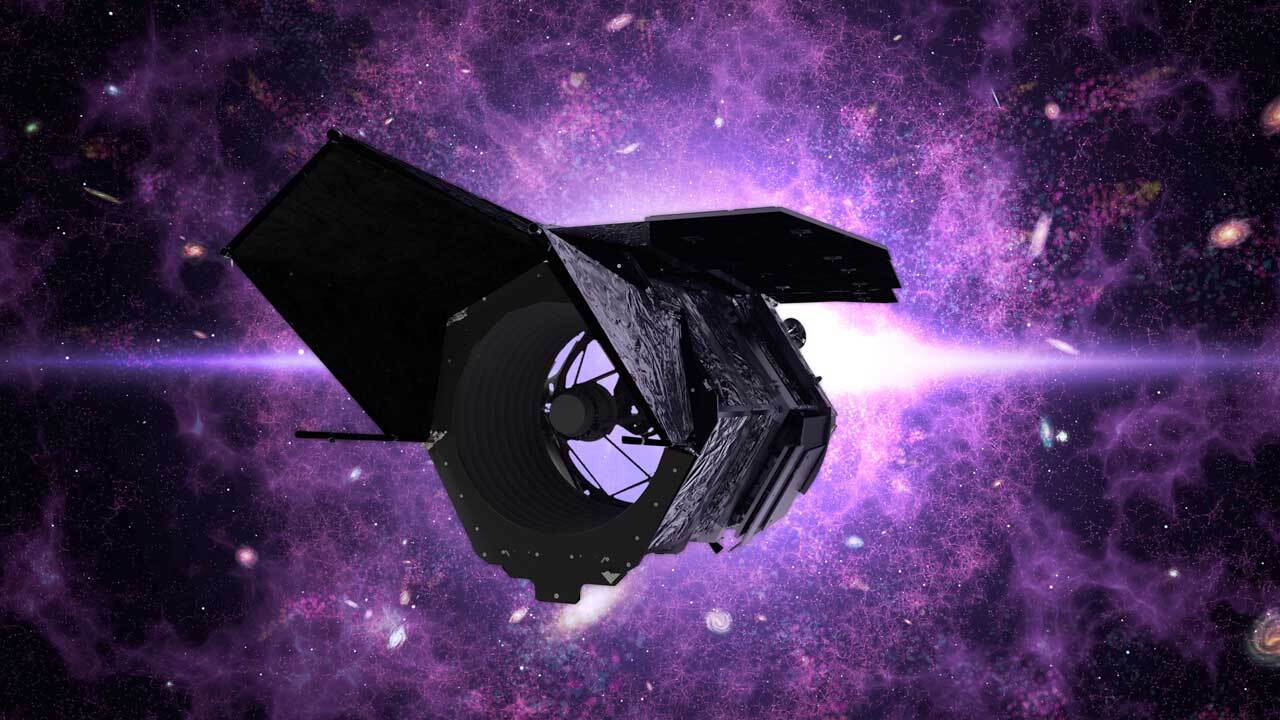The ultimate goal of NASA's exoplanet program is to find unmistakable signs of current life on a planet beyond Earth. How soon that can happen depends on two unknowns: the prevalence of life in the galaxy and how lucky we get as we take those first, tentative, exploratory steps.
Our early planet finding missions, such as NASA’s Kepler and its extended incarnation, K2, or the James Webb Space Telescope, could yield bare bones evidence of the potentially habitable worlds. James Webb, designed in part to investigate gas giants and super-Earths, might find an outsized version of our planet. NASA's Nancy Grace Roman Space Telescope or the Wide-Field Infrared Survey Telescope, could zero in on a distant planet’s reflected light to detect the signatures of oxygen, water vapor, or some other powerful indication of possible life.

But unless we get lucky, the search for signs of life could take decades. Discovering another blue-white marble hidden in the star field, like a sand grain on the beach, will probably require an even larger imaging telescope. Designs are already underway for that next-generation planet finder, to be sent aloft in the 2030s or 2040s.
MIT physics professor Sara Seager looks for possible chemical combinations that could signal the presence of alien life. She and her biochemistry colleagues first focused on the six main elements associated with life on Earth: carbon, nitrogen, oxygen, phosphorous, sulfur and hydrogen.
“We’re going to have so few planets, we have to get lucky,” Seager said. “I don’t want to miss anything. I don’t want to miss it because we weren’t smart enough to think of some molecule.”
To find out how about the advanced, space-based telescope technology being developed at NASA to search for life among the stars, read Inventing the Future.
Are We Alone?
How is NASA searching for life in the universe?






